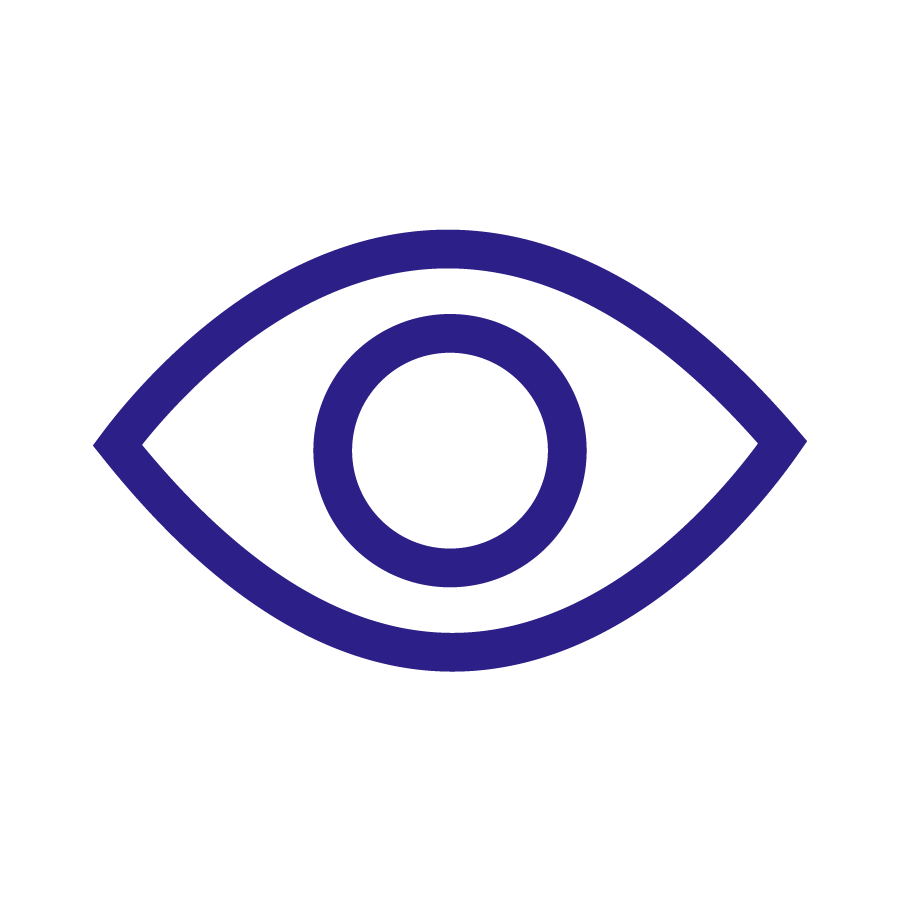SFS-EN 62612:en
Self-ballasted LED lamps for general lighting services with supply voltages > 50 V - Performance requirements
Soveltamisala
Suomenkielistä soveltamisalaa ei ole saatavissa.
IEC 62612:2013 specifies the performance requirements, together with the test methods and conditions, required to show compliance of LED lamps with integral means for stable operation, intended for domestic and similar general lighting purposes, having: - a rated power up to 60 W; - a rated voltage of > 50 V a.c. up to 250 V a.c.; - a lamp cap as listed in IEC 62560. This first edition of IEC 62612 cancels and replaces IEC/PAS 62612. This edition constitutes a technical revision. This edition includes the following significant technical changes with respect to IEC/PAS 62612. a) The standard explicitly states that real life time tests are not part of the test regime. Instead, a period of up to 6 000 h is chosen in order to assess manufacturers' claims of maintenance. b) Technical features have been adapted to IEC/PAS 62717 (performance of LED modules) as far as possible. Examples are the family approach and the temperature measuring point. c) Marking requirements are shifted from the product to the packaging. d) The number of lamps to be tested is made test specific, not general. e) First requirements are given for setting the colour for colour adjustable lamps and the luminous flux level of dimmable lamps. f) The structure of tests is clearly divided between requirement and compliance. g) Statistical compliance is separated into individual and average. h) Light output requirements are extended to luminous intensity distribution, peak intensity, beam angle and efficacy. i) The use of the terms 'correlated colour temperature' and 'chromaticity coordinates' is corrected. j) The number of tolerance categories is reduced from 8 to 4, and split between initial and maintained values. k) Colour rendering is differently assessed at initial and maintained state. l) Three lumen maintenance categories are given instead of five. m) The endurance tests are completely re-established. n) The verification (formerly: assessment) clause is completed. o) Information for luminaire design is added. p) Stabilisation is more precise (Annex A on the method of measuring lamp characteristics) and extension is made for the additional photometric and colorimetric parameters. q) Annex B on measuring luminous flux is contained in Annex A. New Annex B provides the photometric code. r) Further annexes are added: Annex C and D for displacement factor, Annex E for life time metrics/reliability and Annex F for examples of LED dies and LED packages.
Tämän julkaisun valmistelusta Suomessa vastaa SESKO ry, puh. 050 571 6048.
IEC 62612:2013 specifies the performance requirements, together with the test methods and conditions, required to show compliance of LED lamps with integral means for stable operation, intended for domestic and similar general lighting purposes, having: - a rated power up to 60 W; - a rated voltage of > 50 V a.c. up to 250 V a.c.; - a lamp cap as listed in IEC 62560. This first edition of IEC 62612 cancels and replaces IEC/PAS 62612. This edition constitutes a technical revision. This edition includes the following significant technical changes with respect to IEC/PAS 62612. a) The standard explicitly states that real life time tests are not part of the test regime. Instead, a period of up to 6 000 h is chosen in order to assess manufacturers' claims of maintenance. b) Technical features have been adapted to IEC/PAS 62717 (performance of LED modules) as far as possible. Examples are the family approach and the temperature measuring point. c) Marking requirements are shifted from the product to the packaging. d) The number of lamps to be tested is made test specific, not general. e) First requirements are given for setting the colour for colour adjustable lamps and the luminous flux level of dimmable lamps. f) The structure of tests is clearly divided between requirement and compliance. g) Statistical compliance is separated into individual and average. h) Light output requirements are extended to luminous intensity distribution, peak intensity, beam angle and efficacy. i) The use of the terms 'correlated colour temperature' and 'chromaticity coordinates' is corrected. j) The number of tolerance categories is reduced from 8 to 4, and split between initial and maintained values. k) Colour rendering is differently assessed at initial and maintained state. l) Three lumen maintenance categories are given instead of five. m) The endurance tests are completely re-established. n) The verification (formerly: assessment) clause is completed. o) Information for luminaire design is added. p) Stabilisation is more precise (Annex A on the method of measuring lamp characteristics) and extension is made for the additional photometric and colorimetric parameters. q) Annex B on measuring luminous flux is contained in Annex A. New Annex B provides the photometric code. r) Further annexes are added: Annex C and D for displacement factor, Annex E for life time metrics/reliability and Annex F for examples of LED dies and LED packages.
Tämän julkaisun valmistelusta Suomessa vastaa SESKO ry, puh. 050 571 6048.
Tuoteryhmä(t)
Sidokset
Tekninen komitea
Direktiivi
244/2009 Ympärisäteilevien kotitalouslamppujen ekologista suunnittelua
874/2012 Sähkölamppujen ja valaisimien energiamerkintä
1194/2012 Suunnattujen lamppujen, loistediodilamppujen ja niihin liittyvien laitteiden ekologista suunnittelua
http://ec.europa.eu »
874/2012 Sähkölamppujen ja valaisimien energiamerkintä
1194/2012 Suunnattujen lamppujen, loistediodilamppujen ja niihin liittyvien laitteiden ekologista suunnittelua
http://ec.europa.eu »
Vahvistuspäivä
28.10.2013
Julkaisupäivä
01.03.2016
Painos
1
Sivumäärä
50
Julkaisun kieli
englanti


